Leading market players are investing heavily in research and development in order to expand their product lines, which will help the Battery Plate Market, grow even more. Market participants are also undertaking a variety of strategic activities to expand their global footprint, with important market developments including new product launches, contractual agreements, mergers and acquisitions, higher investments, and collaboration with other organizations. To expand and survive in a more competitive and rising market climate, Battery Plate Industry must offer cost-effective items.
Manufacturing locally to minimize operational costs is one of the key business tactics used by manufacturers in the global Battery Plate Industry to benefit clients and increase the market sector. In recent years, the Battery Plate Industry has offered some of the most significant advantages to medicine. Major players in the Battery Plate Market, including Desay, Microvast, Inc, KIJO BATTERY GROUP, HOPPECKE Industrial Batteries, GNB Industrial Power, Exide Technologies, Hawker Powersource, Inc., EV Battery Solutions, EVERLITE, ElectriPlast Corporation, and Crown Battery, are attempting to increase market demand by investing in research and development operations.
Exide Technologies (Exide) is a manufacturer and distributor of batteries and related machinery and a stored energy solutions provider. The business develops its products using gel, flooded, and VLRA battery technologies, as well as absorbent glass mats and improved cycling mats. It offers industrial batteries for network power applications like telecommunications systems, electric utilities, railroads, photovoltaic, and uninterruptible power supply, as well as lift trucks, mining, and other commercial vehicle applications. It also offers batteries for heavy-duty truck, agricultural, marine, hybrid, and automotive applications.
Additionally, it provides services for logistics, order processing, after-sale assistance, professional battery technology guidance, and on-site operating analysis. The business operates factories in North America, Europe, and South Asia. It also operates distribution centres there as well as in North America, Europe, and the Pacific Rim. Milton, Georgia, in the US, serves as the headquarters of Exide. The Raymond Corporation, a warehouse management firm with locations all throughout the United States and Canada, and Exide Technologies' industrial battery division GNB Industrial Power signed a contract in September 2019 for the supply of lead batteries.
Power batteries made by Natron Energy, Inc. are created to guarantee effectiveness in energy storage services. The company makes sodium-ion batteries, which have a higher power density, faster recharge, and longer cycle life than competing technologies. These batteries can be produced economically using common materials on existing cell manufacturing lines, giving industries access to highly effective batteries with lower operating costs and longer battery life.
A strategic agreement to create the first sodium-ion batteries to be produced in mass quantities was announced in May 2022 by Clarios International Inc. and Natron Energy, Inc., two of the world's top producers of low-voltage advanced battery technologies for mobility.


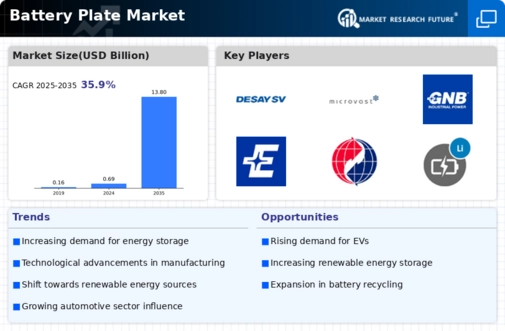

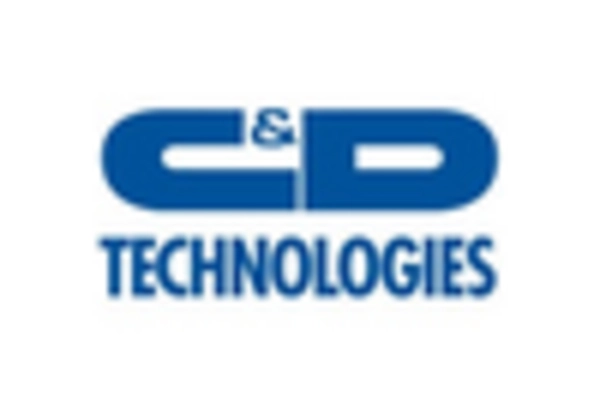

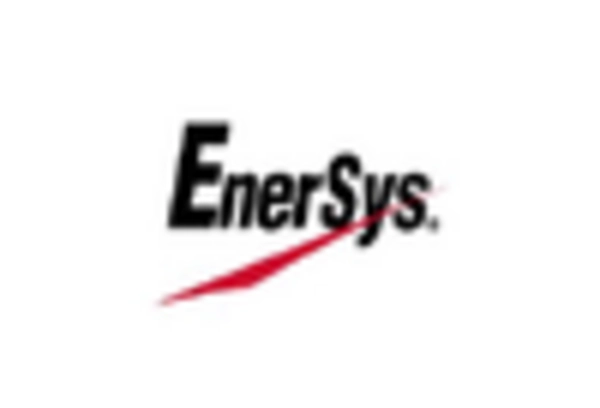
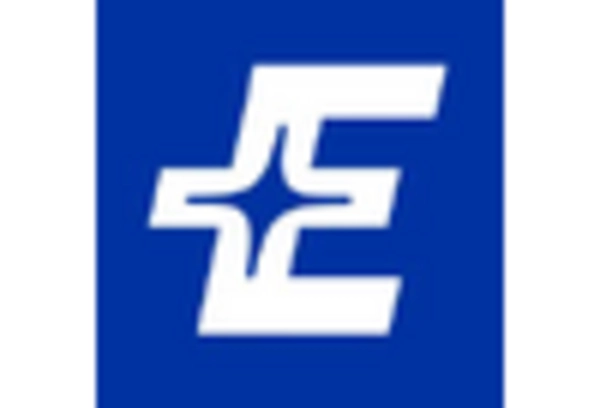
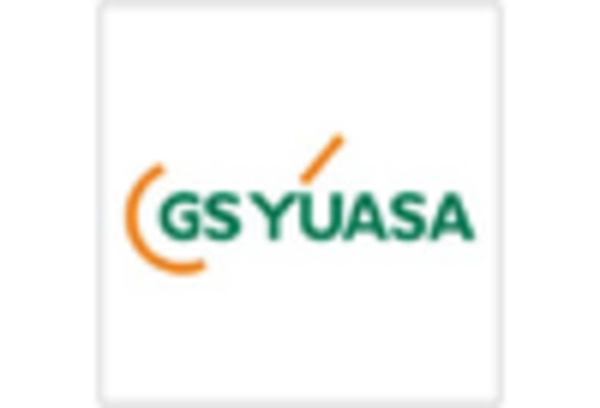









Leave a Comment